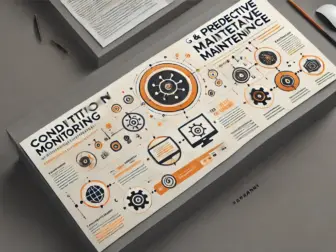Tag - Production Efficiency
Maximizing Production Efficiency: Strategies for Streamlining Operations
Production efficiency is a critical factor in the success of any business, as it directly impacts the company’s bottom line. By optimizing production processes and eliminating waste, organizations can increase output, reduce costs, and improve overall competitiveness in the market. There are several strategies that businesses can implement to enhance production efficiency and streamline operations.
One key strategy for maximizing production efficiency is implementing lean manufacturing principles. Lean manufacturing focuses on eliminating waste, improving quality, and increasing productivity through continuous improvement. By identifying and eliminating non-value-added activities, businesses can streamline their processes and improve overall efficiency. This can result in reduced lead times, lower production costs, and higher customer satisfaction.
Another important factor in production efficiency is effective workforce management. Ensuring that employees are properly trained, motivated, and equipped with the necessary tools and resources is essential for maximizing productivity. By investing in employee training and development, businesses can improve skill levels, reduce errors, and increase overall efficiency. Additionally, providing employees with a safe and comfortable work environment can help minimize downtime and improve overall morale.
Utilizing technology and automation can also play a significant role in improving production efficiency. By implementing advanced manufacturing technologies such as robotics, AI, and IoT, businesses can automate repetitive tasks, reduce human error, and increase output. These technologies can also provide real-time data and insights that can help businesses make more informed decisions and optimize their processes. By leveraging technology, businesses can improve efficiency, reduce costs, and stay competitive in today’s fast-paced market.
Furthermore, effective supply chain management is crucial for maximizing production efficiency. By establishing strong relationships with suppliers, businesses can ensure a steady supply of high-quality materials and components. This can help minimize production delays, reduce inventory carrying costs, and improve overall product quality. By optimizing the supply chain, businesses can streamline operations, reduce waste, and increase overall efficiency.
Continuous monitoring and analysis of key performance indicators (KPIs) is also essential for maximizing production efficiency. By tracking metrics such as production output, quality defects, downtime, and cycle times, businesses can identify areas for improvement and implement corrective actions. By setting targets and regularly reviewing performance data, businesses can drive continuous improvement and ensure that production processes are operating at peak efficiency.
In conclusion, maximizing production efficiency is essential for businesses to stay competitive and profitable in today’s market. By implementing lean manufacturing principles, effective workforce management, technology and automation, supply chain optimization, and KPI monitoring, businesses can streamline operations, reduce costs, and improve overall efficiency. By focusing on these strategies, businesses can enhance their production processes and achieve sustainable growth in the long term.
